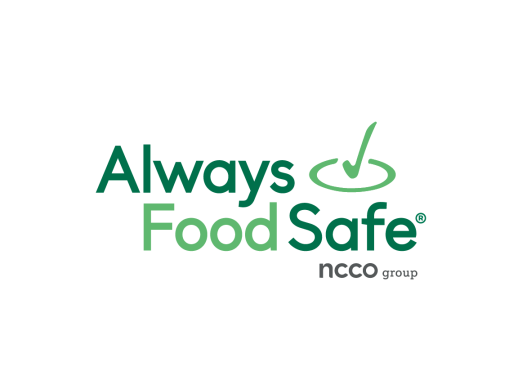When it comes to putting food safety into practice, there is a lot to think about. However, it’s important to pay attention and follow the correct food safety practices so you aren’t passing along a foodborne illness to your customers.
See how many health code violations the food handler does in this video.

 English
English
 Spanish
Spanish
